
Standing on the sands of Playa Garza, looking west into the setting sun, I can imagine out there on the long horizontal—blue below, pink, above—the skilled navigator, Andrés Niño, piloting his leaky flotilla of four small caravels, heading North to explore Nicaragua. A few days earlier, his friend and patron, Gil González along with an entourage of soldiers, went into the deep Bay of San Vicente at Caldera, a few kilometers south of where the Hilton Doubletree Resort now stands to start an expedition to the north.
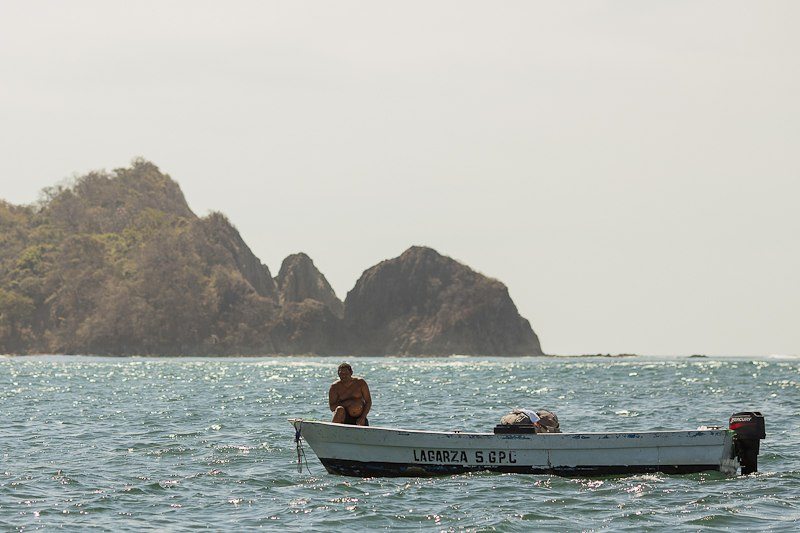
These conquistadors were sponsored by the powerful and evil Pedro Arias Davila (known as “Pedrarias”), who had deep political connections through his wife to Queen Isabel, having gathered stalwarts from his hometown of Avila, Spain to explore the coast north of Panama’s Pearl Islands, seeking a water passage that linked the Atlantic with the Pacific.
The place names we know along the Pacific coast did not exist when González organized this journey in 1522, but he christened the land as Costa Rica (“Rich Coast”) for the gold and jade booty he lifted from the Chorotega chieftains as he plied through Guanacaste looking for the mythical passage that connected the two great oceans.
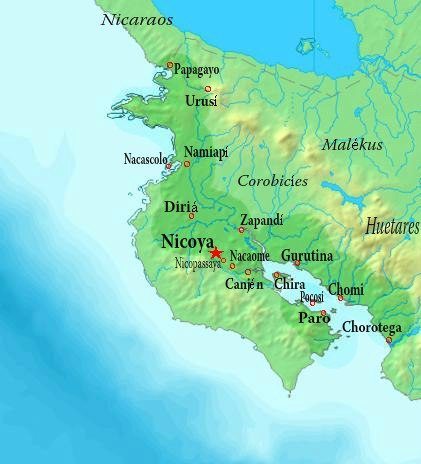
The Nicoya Kidgdom according to Gil González Ávila expedition in 1522.
The leading ethno historian of Costa Rica, Eugenia Ibarra, has observed that when these first Europeans travelled across Guanacaste, they found “an exuberant tropical environment inhabited by a growing civilization of aborigines organized in groups and tribes, with a lifestyle characterized by the predominance of agricultural activity.”(1)
Indeed, Gonzales encountered an elaborate and complex native culture on the Nicoya Peninsula, its chieftains called caciques by the Spanish invaders, each bedecked with highly intricate gold medallions and surrounded by gold spiritual objects. While there was no native gold found in the Nicoya Kingdom, the gold likely was mined in Puntarenas and used as gifts in social relations among neighboring caciques. Dr. Ibarra speculates that the chieftains gave gold to the invaders to seal “a political agreement that would allow them to conduct exchange in a peaceful atmosphere.” (2)
González with one hundred men and four horses departed the Caldera sands for the village of Nicoa and the Pacific coast while Niño remained to repairs the ships. Weeks later Gil’s land expedition arrived on the banks of Lake Nicaragua. The natives had told them of a passage to the Atlantic, but finding none, they eventually returned to Caldera, then to their home port in Panama Bay, declaring that they had “conquered” Costa Rica. (3)
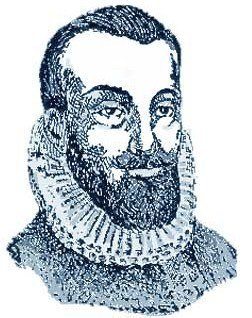
Gil González
Whatever civil diplomacy was imagined by the cacique Nicoa, the Avila boys, Gonzales and Niño declared in their bursar’s log 6,063 people living in the chief’s village upon their visit. Gonzales reported that these inhabitants were all converted in the Catholic faith before killing their cacique, Nicoa, while enslaving for export large number of the locals. So much for peaceful diplomacy. (4)
Read more of the series “By our will”:
Chapter 1: The Arrival of Gil, The Conquistador, in Guanacaste
Chapter 2: Civilizing the Conquistadors
Chapter 4: Path Between the Seas
Chapter 5: Land of Opportunity
Chapter 6: Nicaragua y Costa Rica
Chapter 7: Celebrating Guanacaste
Chapter 8: The Costa Rican Railroad
References:
1) Ibarra quoted, http://www.costaricaoutdoors.com/articles/history/guancastes-history.html
2) Ibarra, E., Gold in the Everyday Lives of Indigenous Peoples of Sixteenth-Century Southern Central America,” in Gold and Power in Ancient Costa Rica, Panama, and Colombia, Jeffrey Quilter and John W. Hoopes, Editors, Washington, D.C.: Dumbarton Oaks Research Library and Collection, Harvard University (2003) Washington, D.C., p. 398.
3) Guardia, R. F. , H. W. Van Dyke, History of the Discovery and Conquest of Costa Rica, Thomas Y. Crowell Company, 1913. Radell, D.R., “Exploration and Commerce on Lake Nicaragua and the Río San Juan-1524-1800,” Journal of Interamerican Studies and World Affairs, Vol. 12, No. 1 (Jan., 1970), pp. 107-125. See also, Pastor, R., “Exploración, Descubrimiento y Conquista, 1502-1537, ” Historia mínima de Centroamérica (2011).
4) Lawrence, J.W., Archaeology and Ethnohistory on the Spanish Colonial Periphery: Excavations at the Templo Colonial in Nicoya, Guanacaste, Costa Rica, Historical Archaeology, Vol. 43, No. 1, Historical Archaeology of Religious Sites and Cemeteries (2009), quoting Peralta. M. M., Costa Rica, Nicaragua y Panama en el Siglo XVI, Madrid: Murrillo, (1883), pp. 29–31.
Rosenbaum has been a researcher and consultant on sustainable tourism and community development for USAID (United States Agency for International Development) and the World Bank in several countries in Latin America, the Middle East, and Africa. In addition, he has published more than half a dozen books on cultural issues as a senior researcher at George Washington University. Due to his own personal interests – he lived in Nosara and visits Guanacaste often-, Alvin decided to delve into the history of Guanacaste to understand this environment in the best way possible: by incorporating variables from the past into the analysis done going forward, to understand the present and the future of this land that welcomed him with open arms. Alvin spent many hours and several months systematizing all of the information from books and interviews and talking with Guanacastecans who are well-versed in local history to finally produce a series of installments titled “Por Nuestra Voluntad” (By Our Will).
The chapters of the series By Our Will are the author’s opinion and do not necessarily reflect the editorial position of this newspaper. If you wish to write an opinion article, contact us at [email protected]


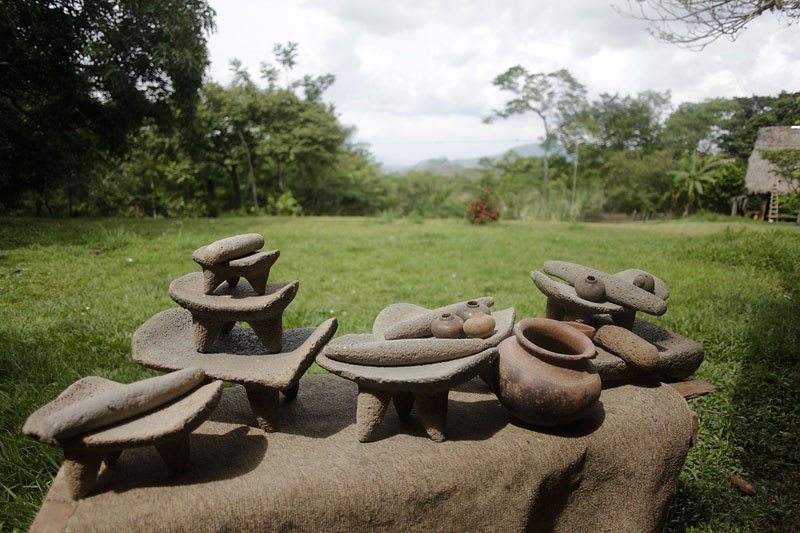
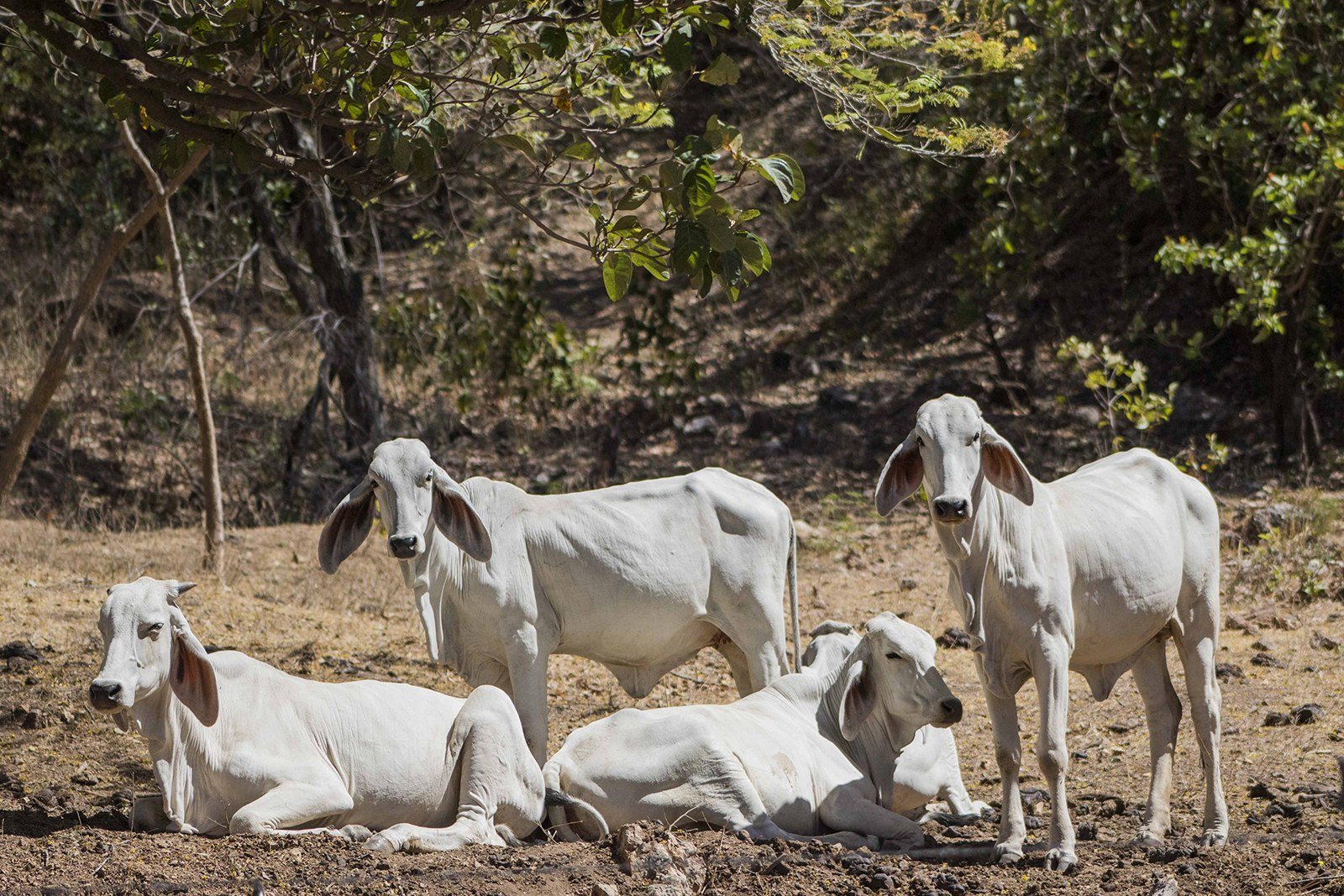
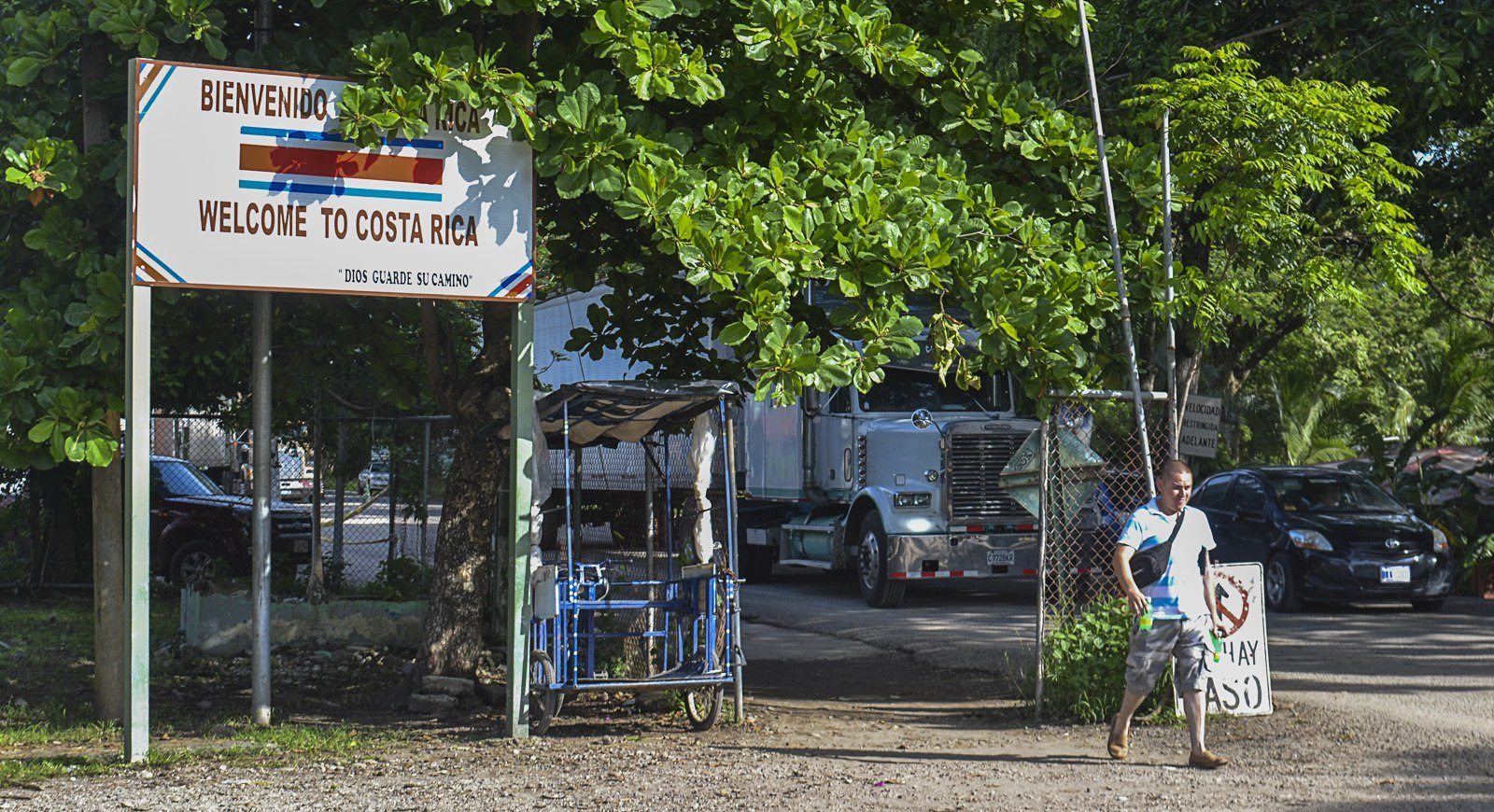
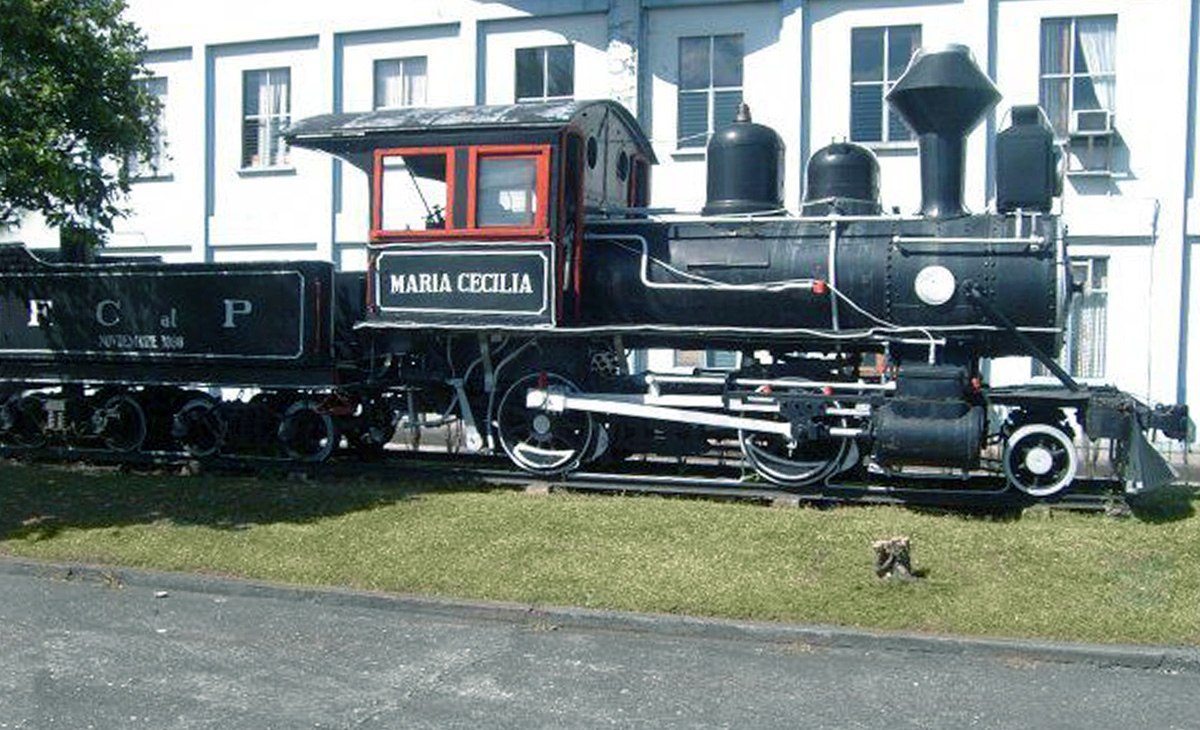

Comments